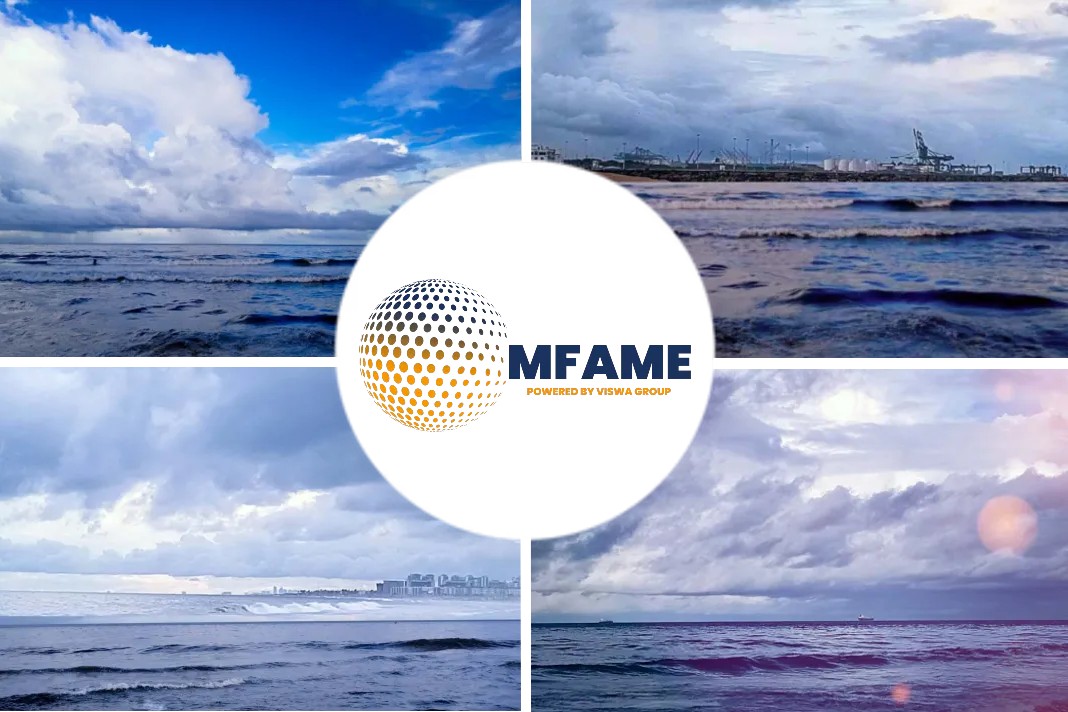Reducing emissions will be a difficult task for the shipping industry because shipowners will continue to priorities the need to maintain a low-cost transportation model, according to PricewaterhouseCoopers (PwC) Malaysia. Despite the cost and availability of technology, the decarbonisation effort is deemed ‘desirable’ by industry players, reports New Straits Times.
Supply chain partners
PwC Malaysia Partner, South East Asia (sustainability and climate change) leader Andrew Chan said apart from reducing emissions in their operations, shipowners would most likely start looking at their supply chain partners as part of a more holistic approach to decarbonisation.
He said supplies of methanol, ammonia, and hydrogen, cleaner-burning alternatives to bunker oil, were not yet available in sufficient quantities to power the world’s 60,000 oceangoing ships and that they were several times more expensive.
“Local ship owners can consider partnerships with companies not traditionally in their sector or working in industry groups that are committed to pursuing net-zero targets and sustainability initiatives,” he told the New Straits Times recently.
“Partnering with such customers can provide a sustained level of demand and reduce the risks of upfront investments in retrofitting an existing vessel or ordering ships that comply with the International Maritime Organisation (IMO) emission targets.”
Chan said partnerships could also extend to include triple-helix collaborations, part of the 12th Malaysia Plan strategy to stimulate innovation.
Development of more sophisticated reporting
PwC said the development of more sophisticated reporting should also accompany efforts to open up financing opportunities for the Malaysian shipping sector.
It added measuring progress would be critical to achieving the target.
Still, the development of broader environmental, social, and corporate governance (ESG) measures may provide information to stakeholders requiring this transition support.
“Industry-specific disclosures can highlight how the shipping sector contributes to the societies and economies they operate in, for example, through job creation, local SME sourcing.
“This helps partners better evaluate opportunities in the shipping sector in Malaysia which align with their purpose, and more importantly, ensures that the benefits of the transition are shared widely with workers and across industries and regions.”
Demand for a transition
Chan said the demand for a transition requires investment in new modes of power for local shippers and sourcing cleaner fuel alternatives.
According to Clarkson Research Services, a shipping-services provider, the transition is estimated to cost the shipping industry about US$3 trillion.
However, it added there might be factors that can help make this transition more valuable.
Energy emissions
The Asia Pacific was responsible for 52 per cent of global carbon-related energy emissions, but was only decarbonising at 0.9 per cent in 2020, according to PwC’s Code Red- Asia Pacific’s Rumens to go Green report.
“Transportation is the second-largest contributor to Malaysia’s greenhouse gas (GHG) emissions, including ships,” said Chan.
According to the International Energy Agency, international shipping also accounted for about 2.0 per cent of global energy-related carbon emissions in 2020.
This was undoubtedly an industry where targeted change would result in a more significant positive impact for the local ship owners efforts to decarbonise, said Chan.
“The IMO obligation to cut GHG emission in half by 2050 is commendable, but how much this would go towards accelerating decarbonisation at a rate to meet the 1.5-degree global warming goals of the Paris Agreement should be clearly defined.”
Meanwhile, the UN Secretary-General, António Guterres, in October 2021 reportedly said zero-emission ships must be the default choice.
Covid’s role
Chan said Covid-19 has significantly impacted supply chains and logistics, which proved to be vulnerable to disruption.
“We are seeing businesses increase their regional and local sourcing, which would impact the volume and type of vessels needed to support this,” he said.
Chan said a greater need for shorter-distance vessels might make alternative fuel sources like electric power or biomass (sourced within the region) feasible.
“These are opportunities for local shippers to innovate on new shipping technology and reskill marine engineers to retrofit or build new vessels.”
Additionally, he said there is quite a bit of uncertainty as shipowners started mapping out their plans to comply with the IMO emission targets.
“There will need to be greater clarity on future fuels, how much will be available and whether customers are willing to pay a premium for a more sustainable mode of transport.”
Did you subscribe to our daily Newsletter?
It’s Free! Click here to Subscribe
Source: New Straits Times
















